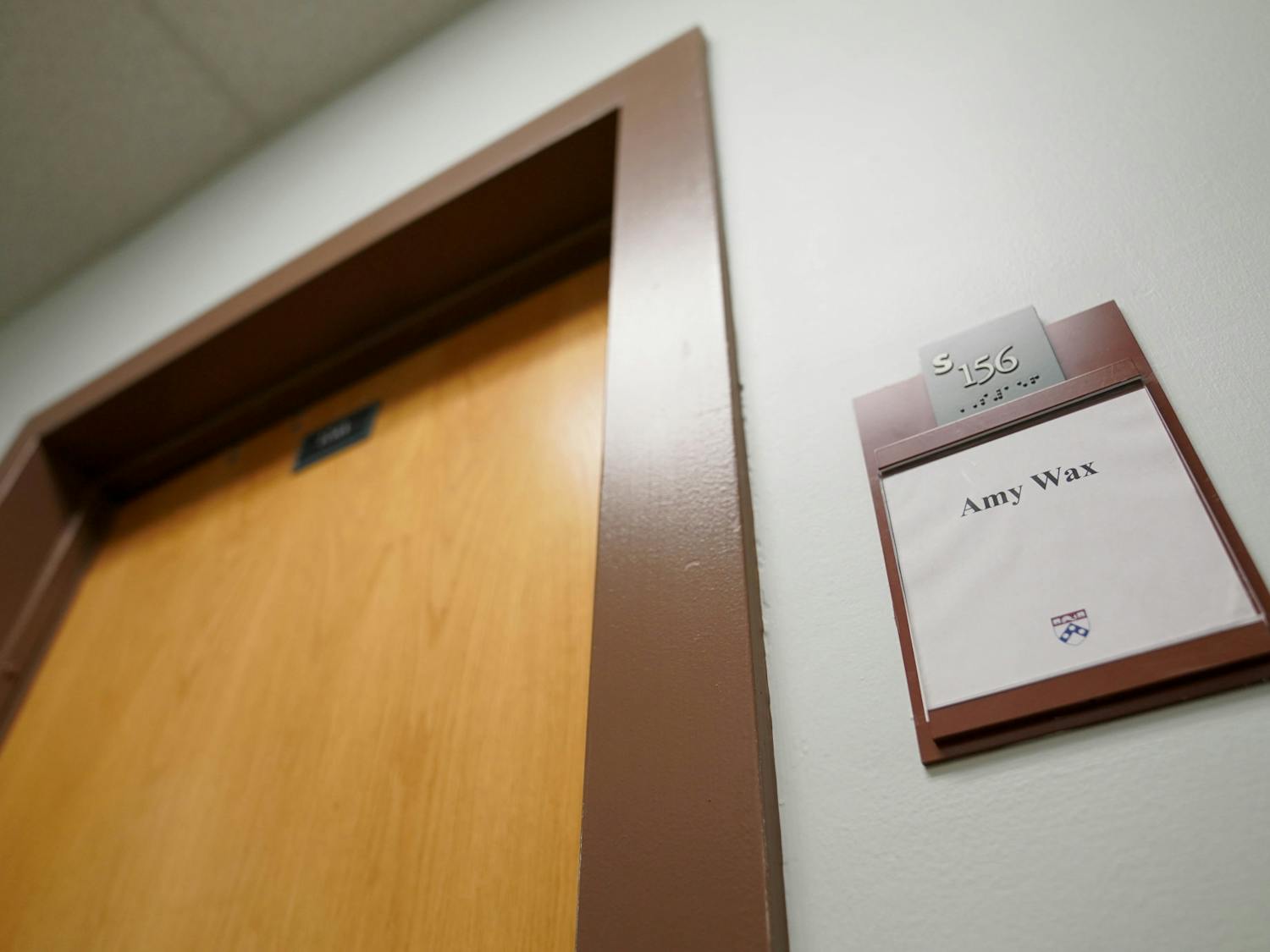President Bush has proposed low growth rates in federal research funding, which could potentially limit the amount of money Penn receives.
The proposed growth rates are significantly below inflation, which will create an increasingly competitive market for grants.
The University receives about $500 million from the government annually, making it the nation's third-largest recipient of federal research grants.
"In order to focus on priorities such as the War on Terror and protecting the homeland, non-security discretionary spending falls by nearly 1 percent, the tightest such restraint proposed since the Reagan Administration," said Garrette Silverman, a spokeswoman for the Office of Management and Budget at the White House, in an e-mail interview.
Silverman said that the low increases were part of "the President's commitment to cut the deficit in half by 2009."
And though slow growth in federal research funding may hinder the University's projects, administrators said that Penn will still fare favorably compared to other institutions.
"These awards are largely awarded on a competitive basis," University Executive Vice President Craig Carnaroli said. "Penn faculty are still very well regarded by their peers, so I'm sure we'll continue to be competitive."
But the effects of Bush's proposals may extend far beyond faculty ability to perform research.
"Research, especially at the undergraduate level, has come to be seen as an essential part of the learning process," said Art Casciato, director of the Center for Undergraduate Research and Fellowships. "To entertain such cutbacks is to do significant damage to the learning process itself."
In addition, if grants are more difficult to obtain, students will have fewer opportunities to conduct research with professors or gain experience in laboratories on campus.
"This will not only hurt professors in accomplishing their research, it will hurt students in terms of the quality of their education," Casciato said.
Bush proposed a less than 1 percent increase in funding for the National Institutes of Health, which funds research in all of Penn's health-related schools, including the School of Arts and Sciences.
Many grants last for several years, and the NIH funds existing grants before considering new proposals. As a result, new professors and professors nearing the end of currently funded grant work would be most affected, though a crunch would be felt across the board.
"It will make it more difficult for young faculty to get started. It will have impacts on every aspect of the enterprise," University Vice Provost for Research Perry Molinoff said. "The magnitude of the slowing this year is greater than perhaps the system can comfortably accommodate."
To deal with any potential loss, Penn would have to rely increasingly on philanthropic support as well as commercial enterprises for research funding, Molinoff said.
Through a process known as technology transfer, Penn can receive grants from companies, which then have rights over discoveries made through the research. But even this may be insufficient.
"The NIH is such a large part of the total [research funding] that it's pretty difficult to replace," Molinoff said.
The University will respond by speaking with legislators and collaborating with its peers to explain the importance of such funding for the advancement of science and learning.
University Vice President for Government, Community and Public Affairs Carol Scheman said that the problems extend beyond simply low increases in funding.
"The last time we had a downturn in research funding, we lost some fundamental research support programs," Scheman said. "We had caps on reimbursements for certain costs, so we're not just concerned about the money now."








